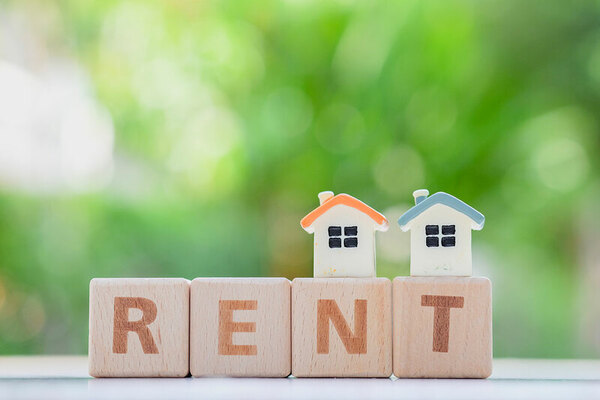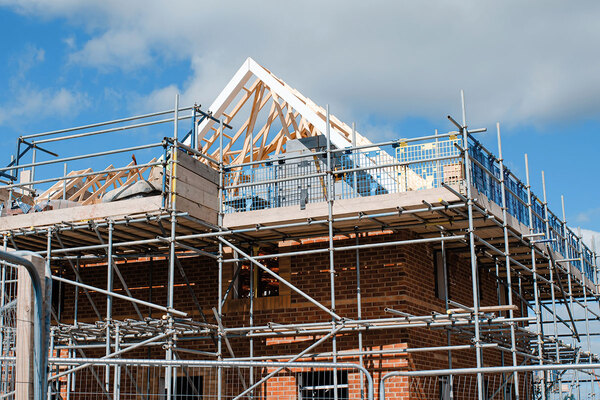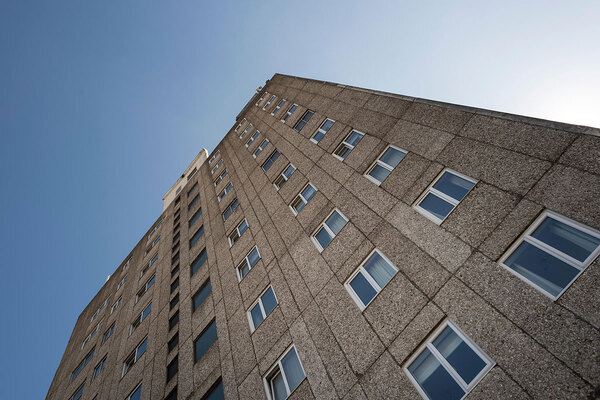Moody’s and S&P sound warning over new rent cap plans
Two major credit rating agencies have voiced concern over a tighter social rent cap, warning that it will be “credit negative” for the sector while costly extra debt funding will fail to make up for lost income.
Moody’s and Standard & Poor’s (S&P) have added to social housing providers’ mounting fears over government plans to introduce a new temporary rent cap in the next financial year.
A consultation launched this week outlined plans to cap the annual increase at the government’s preferred option of five per cent. Increases of three per cent or seven per cent are also being considered.
In notes published yesterday, Moody’s said the proposals were “credit negative for housing and local authorities” and S&P said it “adds uncertainty” to the creditworthiness of England’s social housing sector.
Moody’s said the new cap will “constrain revenue growth and weaken margins and interest coverage metrics”.
The agency added that it expects housing associations it rates A3 will be “more vulnerable to downside pressure” than higher-rated associations due to their weaker margins and social housing lettings interest coverage.
The government’s own analysis said a five per cent limit would cost social housing providers £1.3bn next financial year and £7.4bn by 2028.
Moody’s flagged that with total annual turnover among registered providers at £22.1bn, this would shave five per cent off turnovers each year for the sector.
“This scenario would worsen significantly if the ceiling is maintained for longer than one year and underlying inflation remained considerably higher than the ceiling,” it added.
It also warned that a new cap would hamper landlords’ housebuilding plans and spending on existing homes amid soaring material prices. Associations that Social Housing has spoken to about the plans have already warned that their development plans will likely be curbed by a new rent cap.
Moody’s said it expects associations to make up the income shortfall “partially” with debt, but flagged that rising interest rates have reduced affordability.
Many social landlords organised refinancing packages last year to take advantage of low rates, which are now rising as the threat of a global recession looms.
“It is unlikely that the sector will find it affordable to completely compensate for lower net cash flows by increasing debt funding of development or retrofit costs,” Moody’s said.
S&P said it is concerned that there is “limited visibility” on how the rent cap will “evolve” once the temporary level is lifted. The government said in its consultation that it is also seeking views on rent policy for the 2024-25 financial year, while a separate consultation will run next year on future levels.
“We consider that this would have an accumulating effect through the financial planning period and would exacerbate existing challenges to social housing providers,” S&P said in its note.
The agency also said it was a “weakness” for the sector that the government can intervene on rent levels during an “already confirmed rent settlement period”.
In 2015, then chancellor George Osborne scrapped a 10-year rent settlement after only two years. Instead he introduced a four-year annual one per cent fall in rents. “Prior negative intervention… already weighs on the regulatory framework,” S&P said.
Under the current system, social landlords are able to increase annual rents by one per cent above the Consumer Price Index rate of inflation. However with inflation soaring, this would allow them to increase rents by around 11 per cent, which has prompted the government to act and protect tenants.
RELATED







